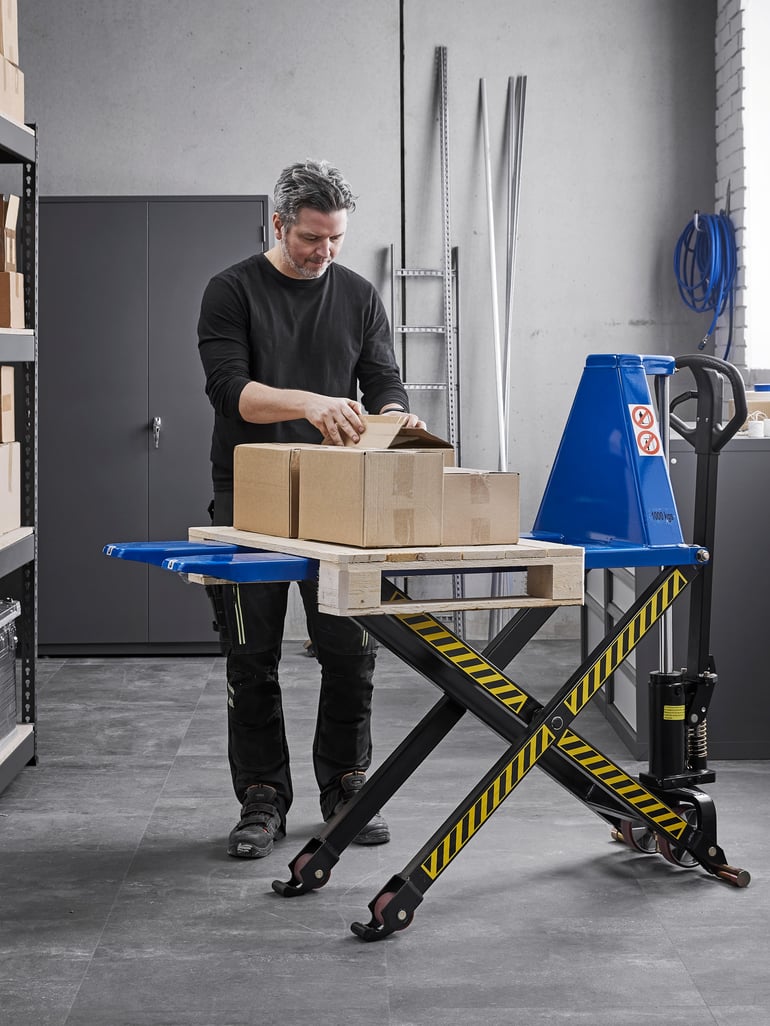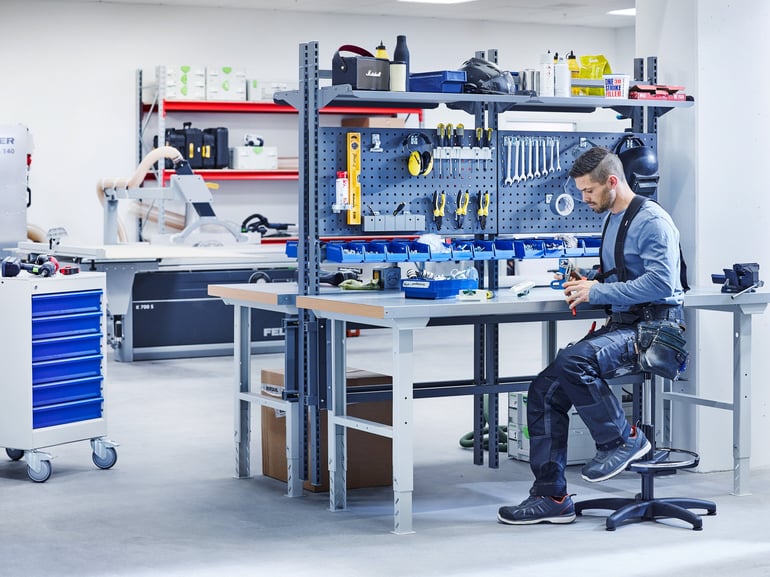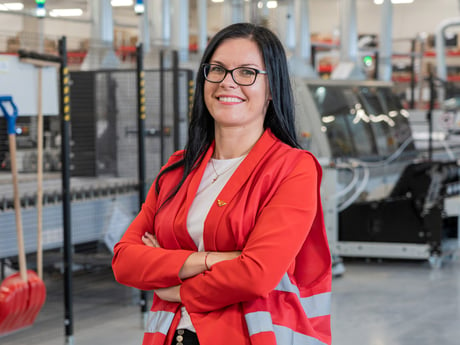- AJ Products UK
- Blog: Tips to Inspire Happiness at Work
- Improving the work environment
- Profitability becomes a bonus when you prioritise investing in ergonomics
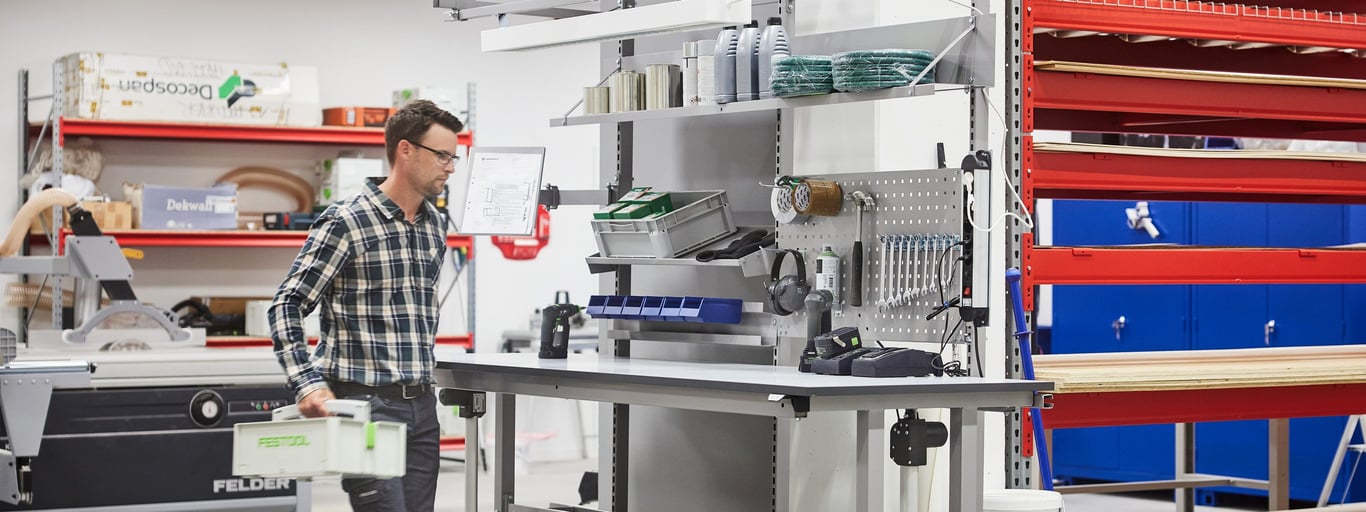
Boost Profitability by Prioritising Ergonomics in the Workplace
Investing in a well-planned work environment does more than enhance comfort; it can significantly improve efficiency and profitability for industrial businesses. Peter Gunnarsson, Category Manager for Industry at AJ Products, explains that focusing on ergonomics leads to happier, more motivated employees who are able to perform better. By improving workplace ergonomics, businesses can see substantial gains in productivity and overall profitability.
Imagine an industrial worker who adjusts the height of his work bench to avoid back pain, puts on a pair of ear muffs to avoid noise, and finally adjusts the lighting to the task at hand.
This simple scenario plays out every day and illustrates an important part of working life: the necessity of a comfortable and ergonomic workspace to perform tasks effectively.
Peter Gunnarsson, Industry Category Manager at AJ Products, highlights that while many in the industry recognise the importance of ergonomics, there's often less awareness regarding its direct correlation with financial outcomes. He emphasises that creating a workplace where employees thrive and feel comfortable is not only essential for their well-being but also significantly impacts the overall health of the business.
Despite the widespread discussion on ergonomics, there remains a gap in understanding its tangible effects on business results and what measures can be taken to enhance the working environment.
Less damage and higher efficiency
So, how does the work environment impact a company's financial performance? Peter Gunnarsson highlights the significant connection between investments in ergonomics and tangible returns. By prioritising ergonomics, companies can reduce sickness absence and lower staff turnover, mitigating the costly expenses associated with absenteeism, recruitment, and lost production.
Gunnarsson emphasises that a well-designed ergonomic workplace not only minimizes the risk of injury but also fosters a positive working atmosphere where employees feel comfortable and engaged. This, in turn, enhances job satisfaction and motivation, leading to greater employee retention. Ultimately, investing in ergonomics not only promotes a healthier workforce but also contributes to a more resilient and prosperous business.
At the same time, he highlights that a thoughtfully designed workplace not only decreases costs but also enhances revenue generation. This is particularly evident in its facilitation of streamlined work processes and reduction of error risks.
"Maintaining a team of satisfied and experienced employees directly correlates with heightened efficiency," he notes. This creates smoother production processes, resulting in the delivery of superior-quality products and a notable reduction in manufacturing errors.
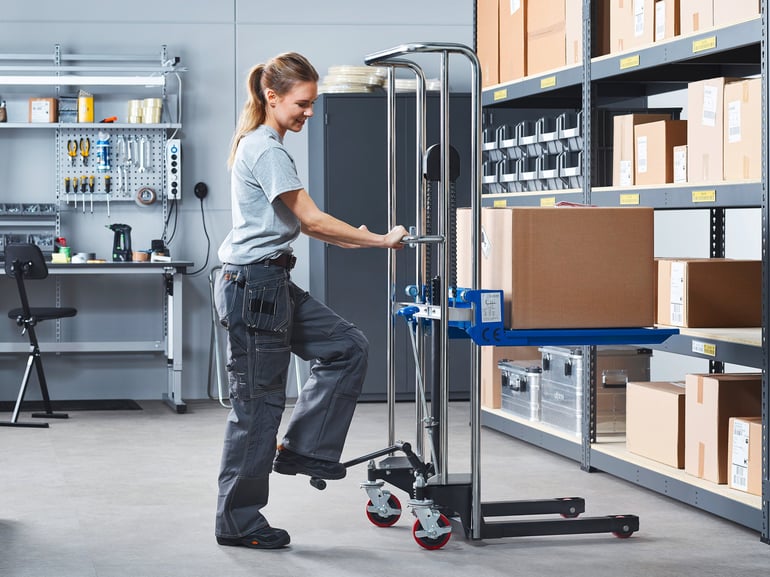
An issue affecting more and more people
The industrial sector is vast and diverse, with range of occupations from precision mechanical manufacturing to large-scale production. However, it is also known to be relatively high-risk in terms of accidents and injuries.
"Compared to office workers, industrial workers face a significantly higher risk of occupational injuries," observes Peter Gunnarsson. He notes that the physical demands are often more strenuous, involving frequent heavy lifting and repetitive motions that can strain the body.
Strain injuries rank among the most prevalent work-related health issues. Both men and women in the workforce commonly report strain injuries, highlighting the importance of addressing ergonomic concerns and promoting workplace safety measures within the industrial sector.
It's economical to think ergonomically
Due to the differences across various sectors within the industry, and ergonomics being such a broad term, it's difficult to identify improvement measures that apply to all businesses, says Peter Gunnarsson.
"In an office setting, key ergonomic elements might include an adjustable desk and a comfortable chair," Gunnarsson explains. "Similarly, in the manufacturing industry, optimizing ergonomics involves providing adjustable workbenches and ergonomic seating. Additionally, considering the prevalence of hard or concrete floors in industrial environments, the inclusion of supportive workplace mats can be beneficial."
"It's crucial to consider ergonomics holistically," he stresses. "This means not only the design of workstations and facilities but also the selection of tools and aids, and how these elements interact within the work environment."
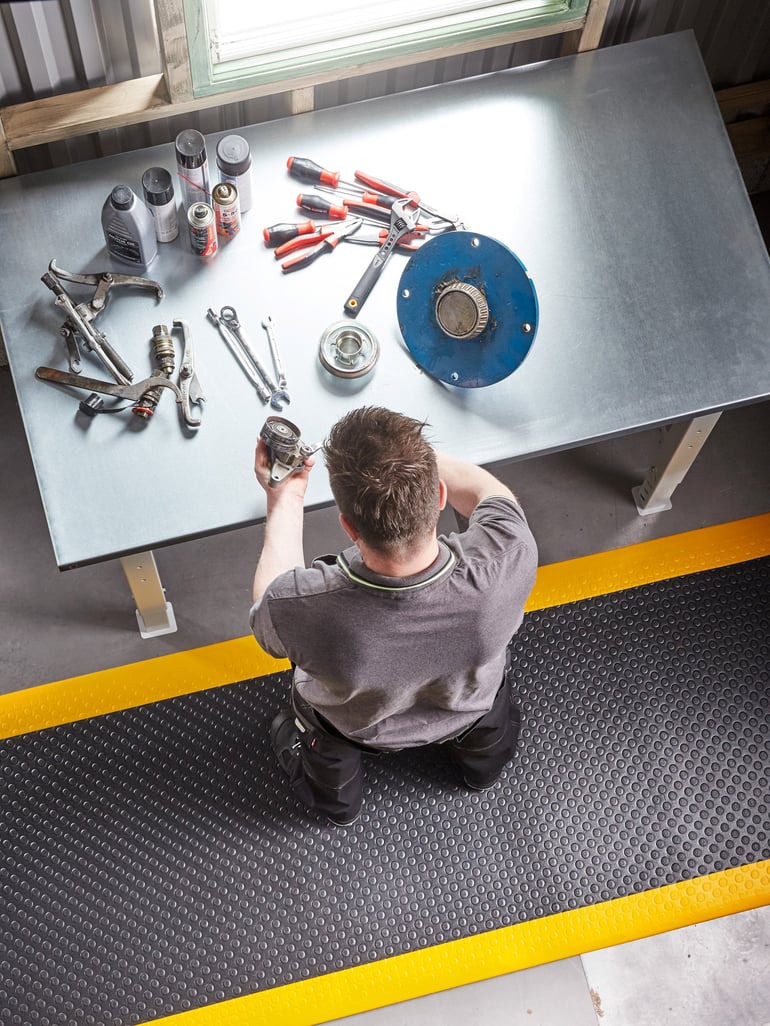
Take, for example, a company utilising trolleys and shelving systems; it's crucial to arrange the premises and equipment in a manner that streamlines operations and reduces congestion. Careful planning not only minimizes unnecessary walking distances but also enhances overall efficiency.
"Enhancing ergonomics is a gradual, long-term investment," notes Peter Gunnarsson. "You don't have to tackle everything at once; incremental improvements are key. Investing in a conducive work environment isn't just beneficial for employees—it's an investment in the company's long-term success."
Three tips for better warehouse ergonomics -
1. Seek expertise and involve employees:
Hire specialists in corporate health to get an outside perspective on your workplace. They can identify problems and solutions that you may not see yourself. And don't forget to enlist the help of your existing employees to understand their everyday life in the best possible way.
2. Explore different products to find the right one:
What industrial companies do varies enormously. There are a number of products that can help in different situations. Including adjustable workbenches and packing tables , ergonomically designed chairs, workplace mats that can be used on hard floors and lifting aids for warehouse work.
View more ergonomic products

3. … Think of the bigger picture!
Remember that ergonomics is more than just individual products. Put effort into understanding how the entire work environment, including the layout of the premises, can work together to create both a healthy and productive place.

